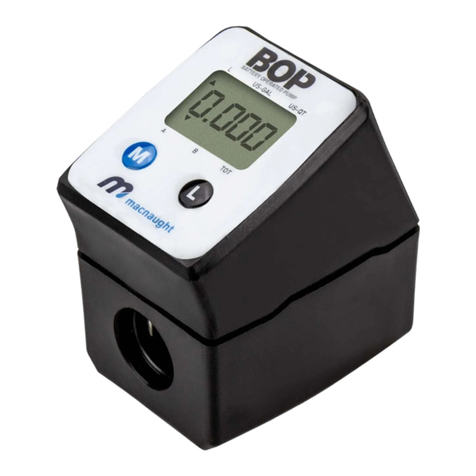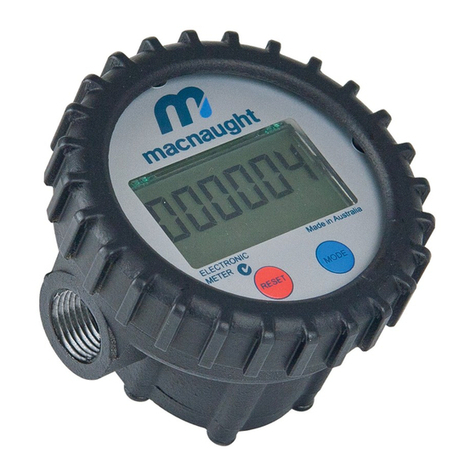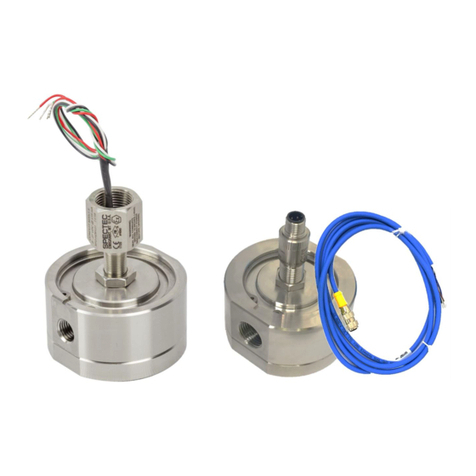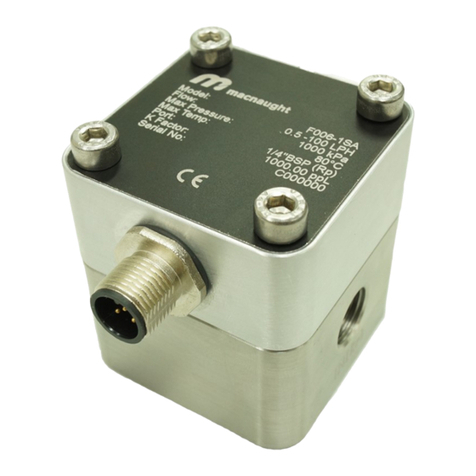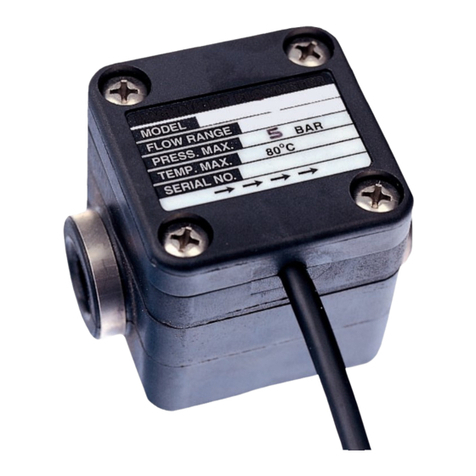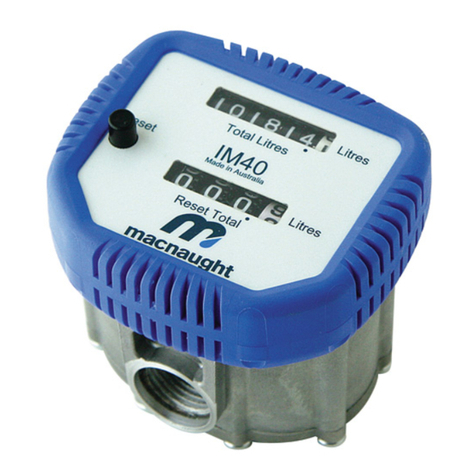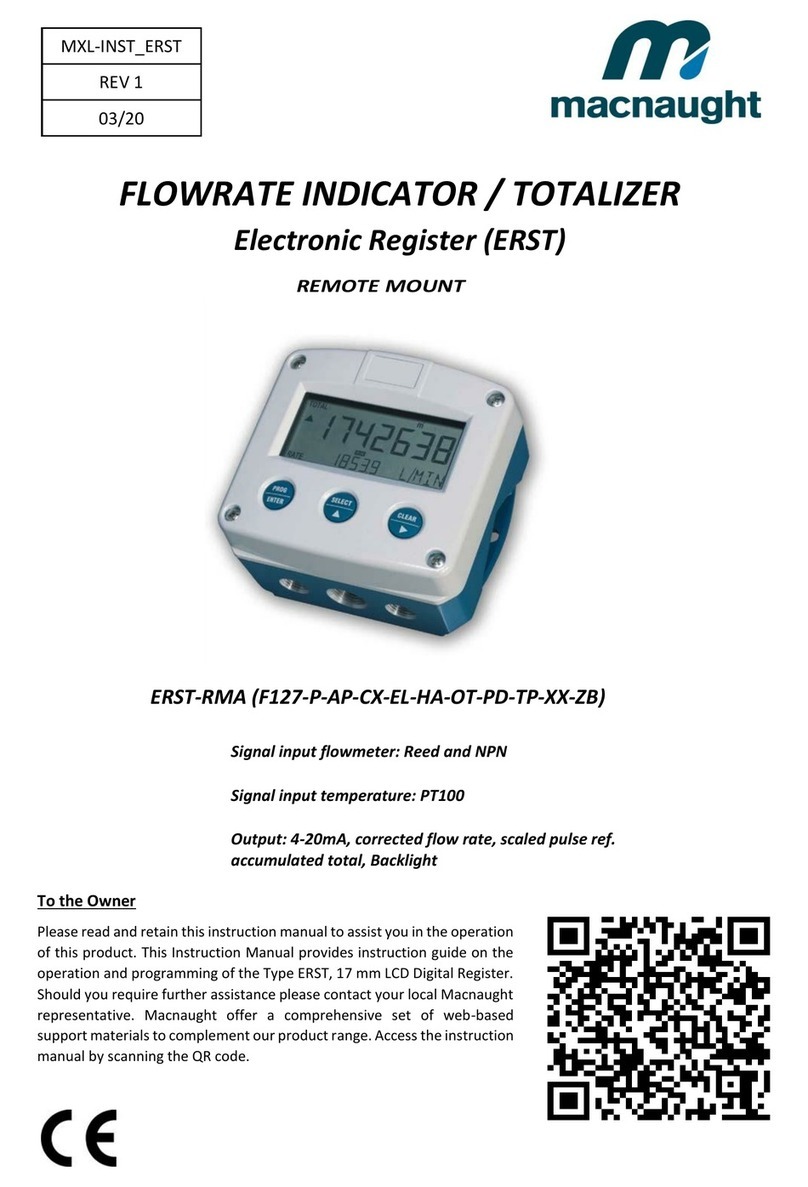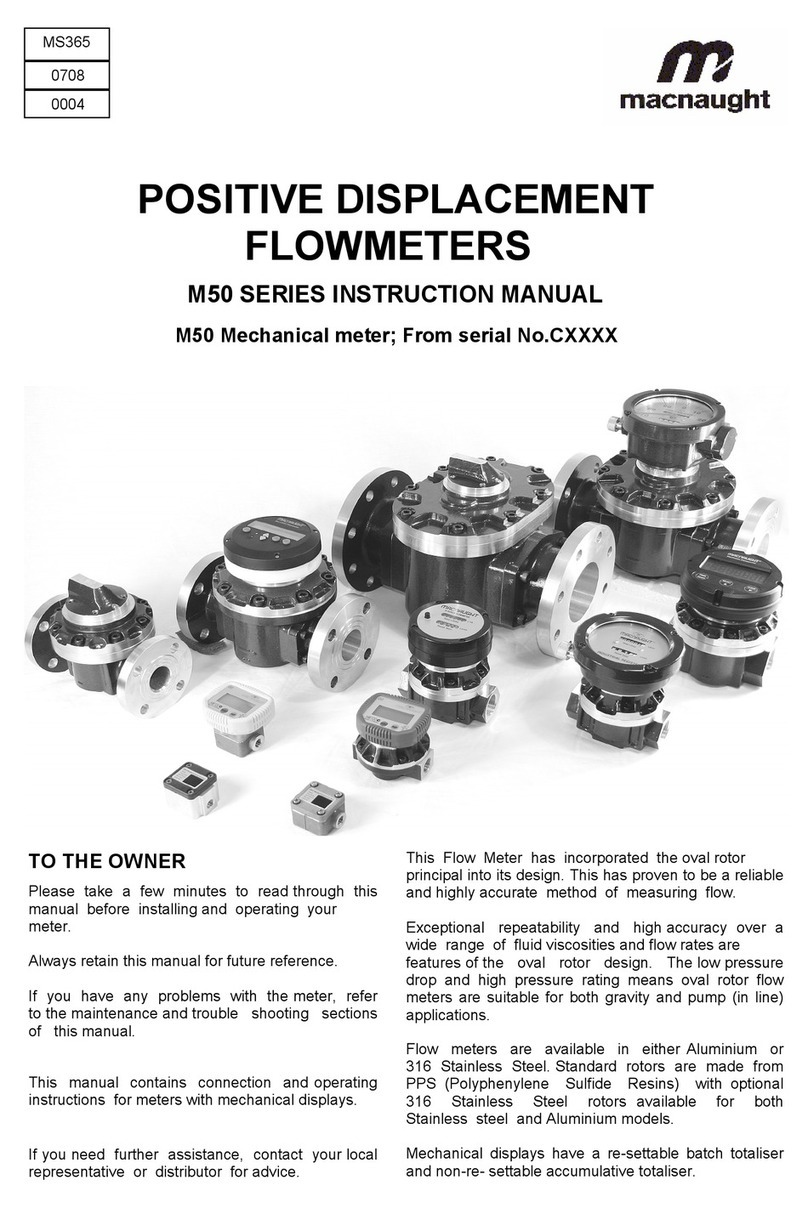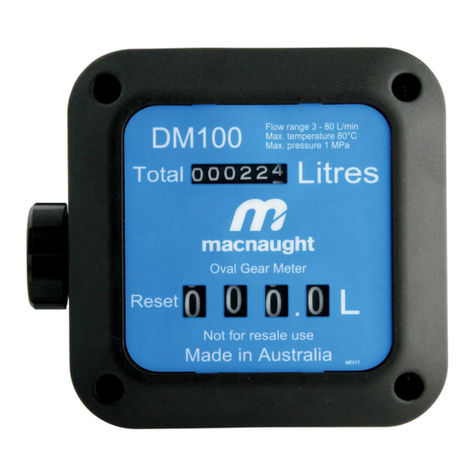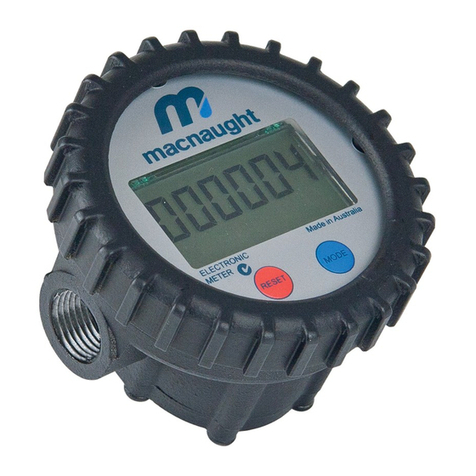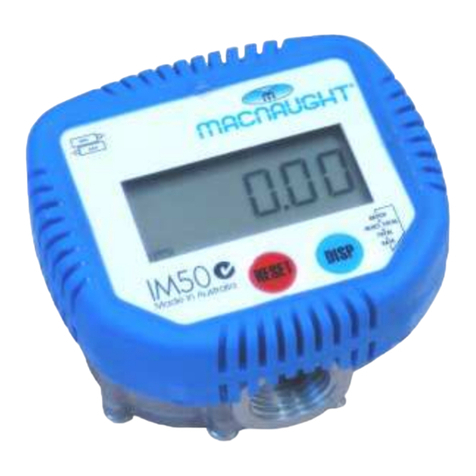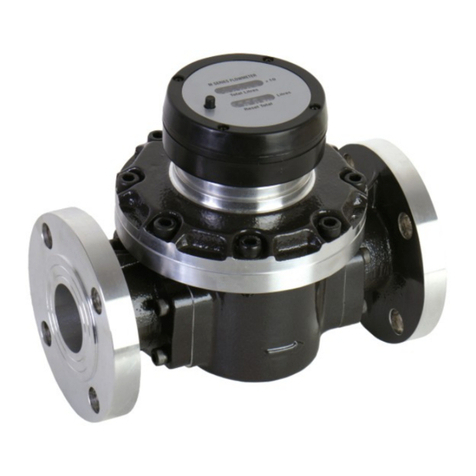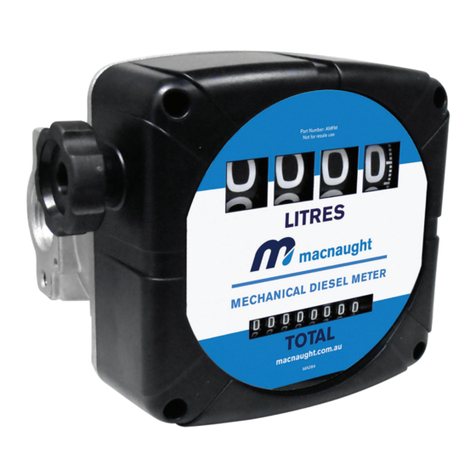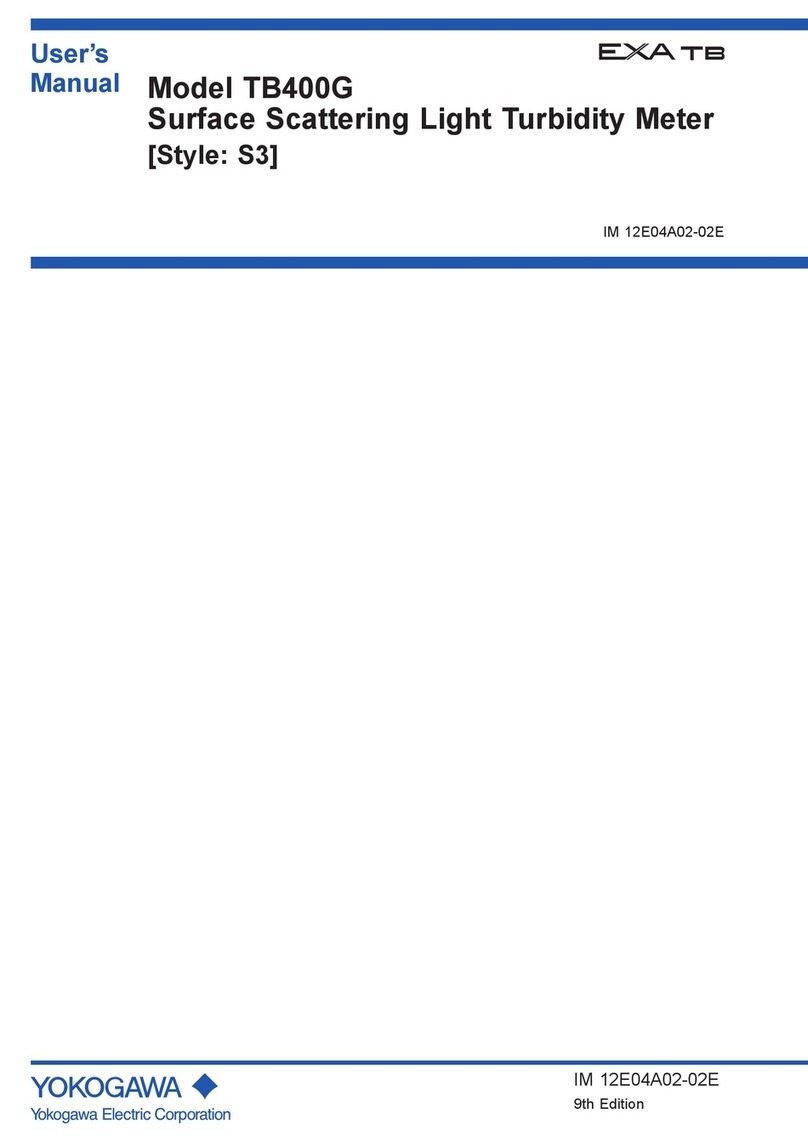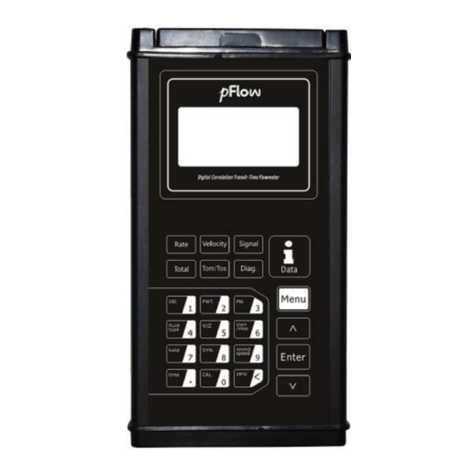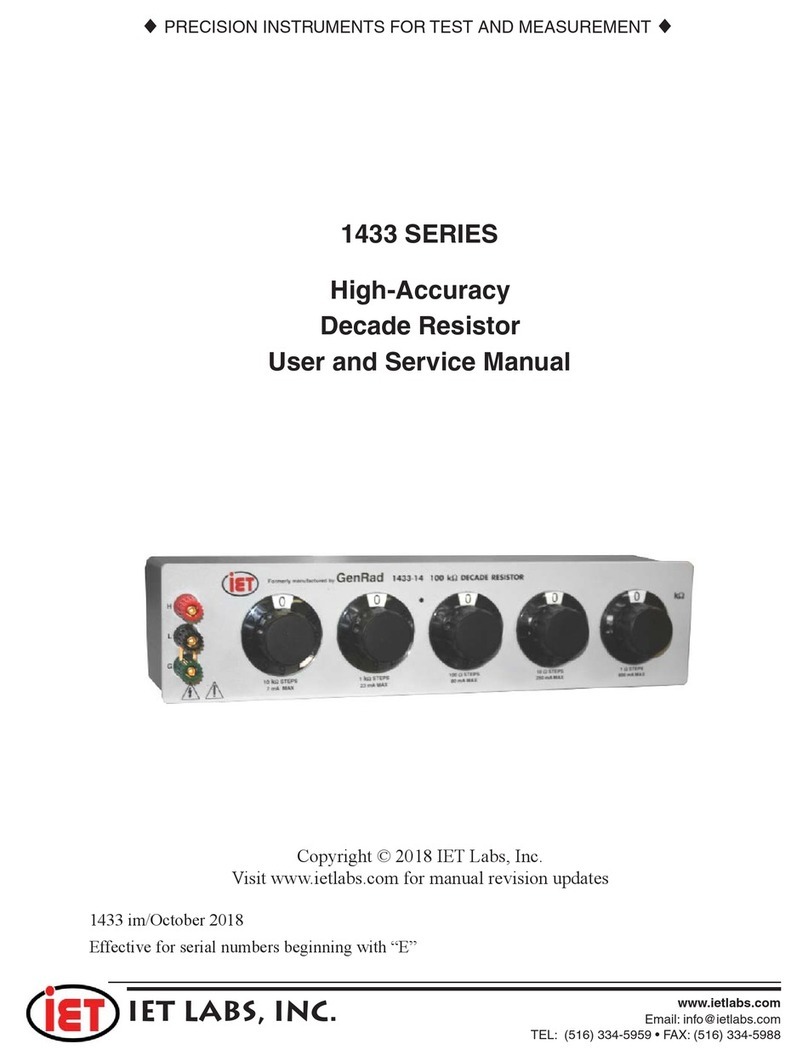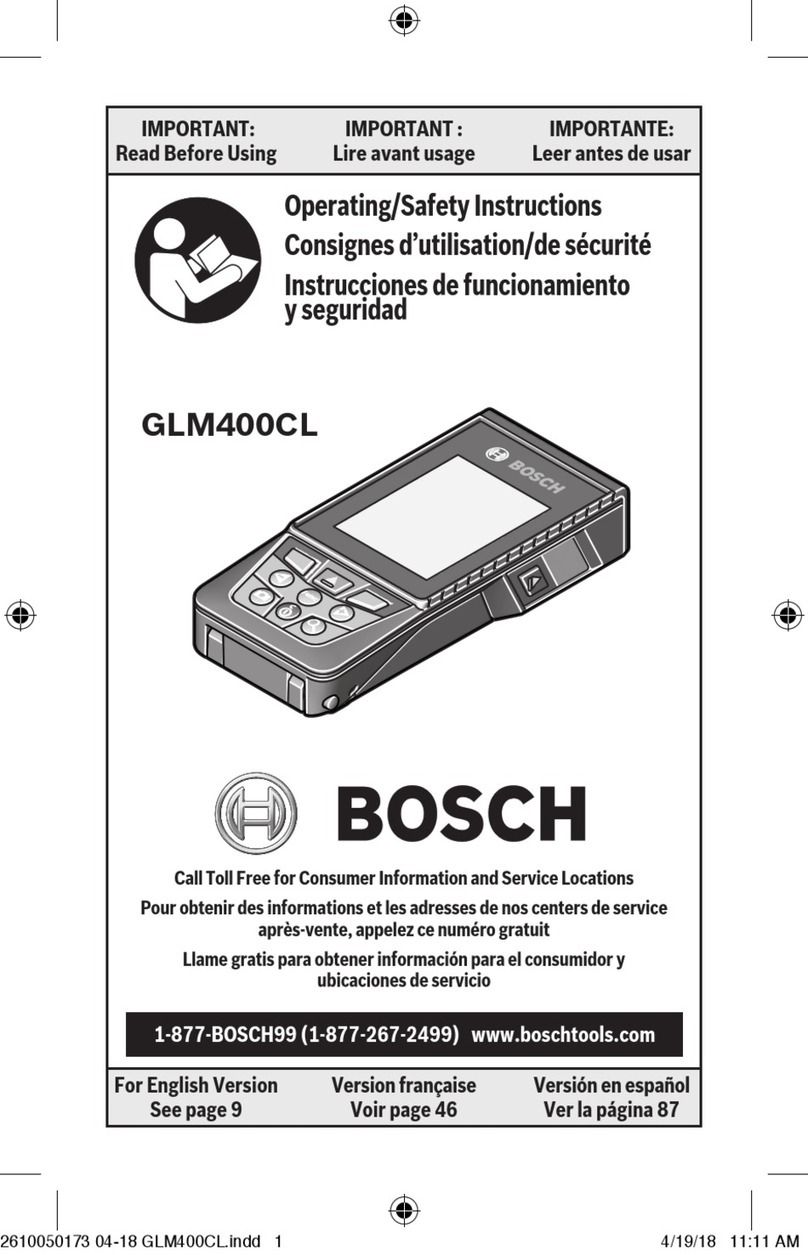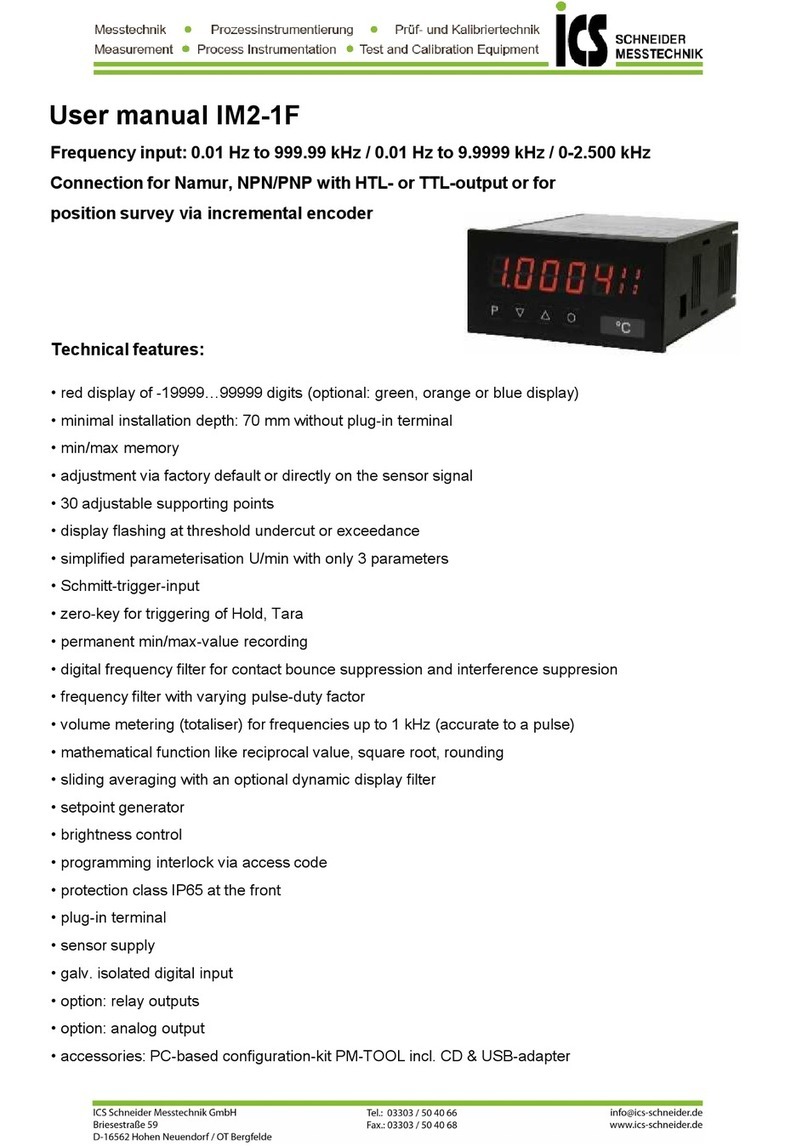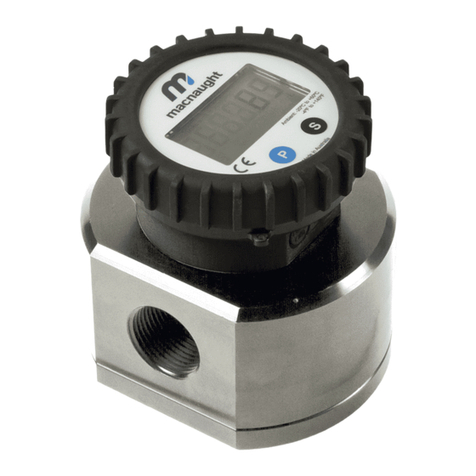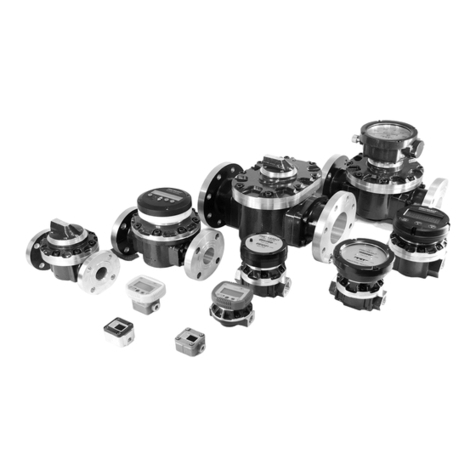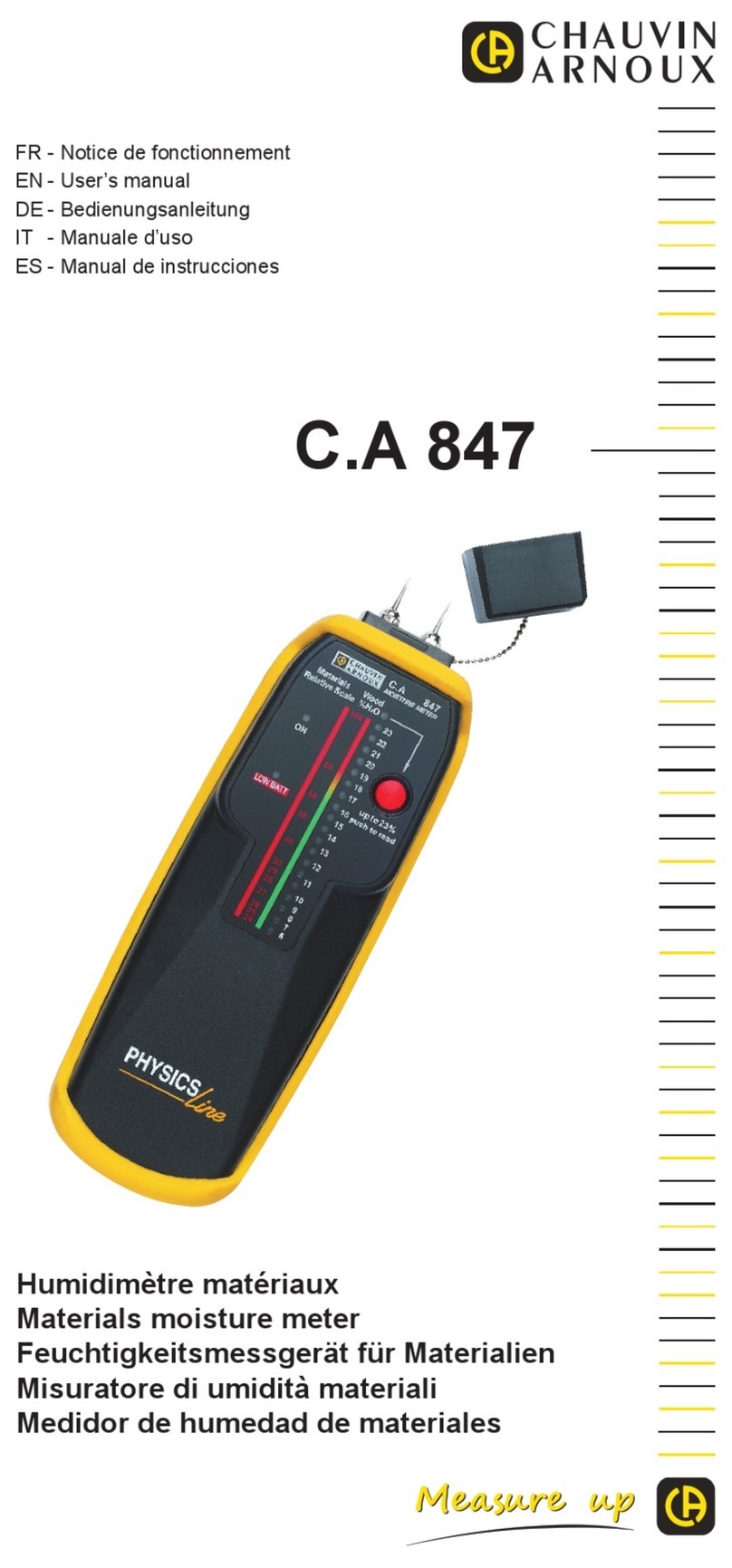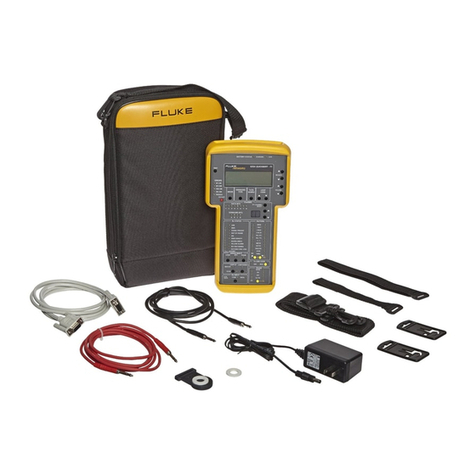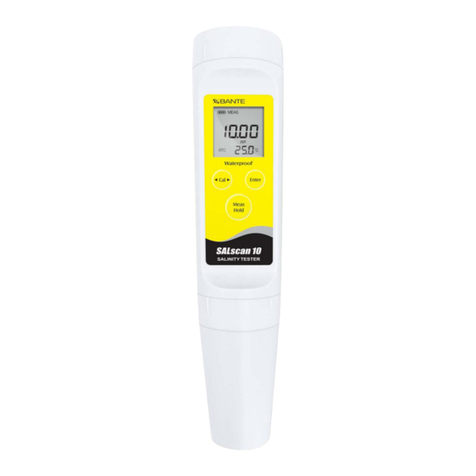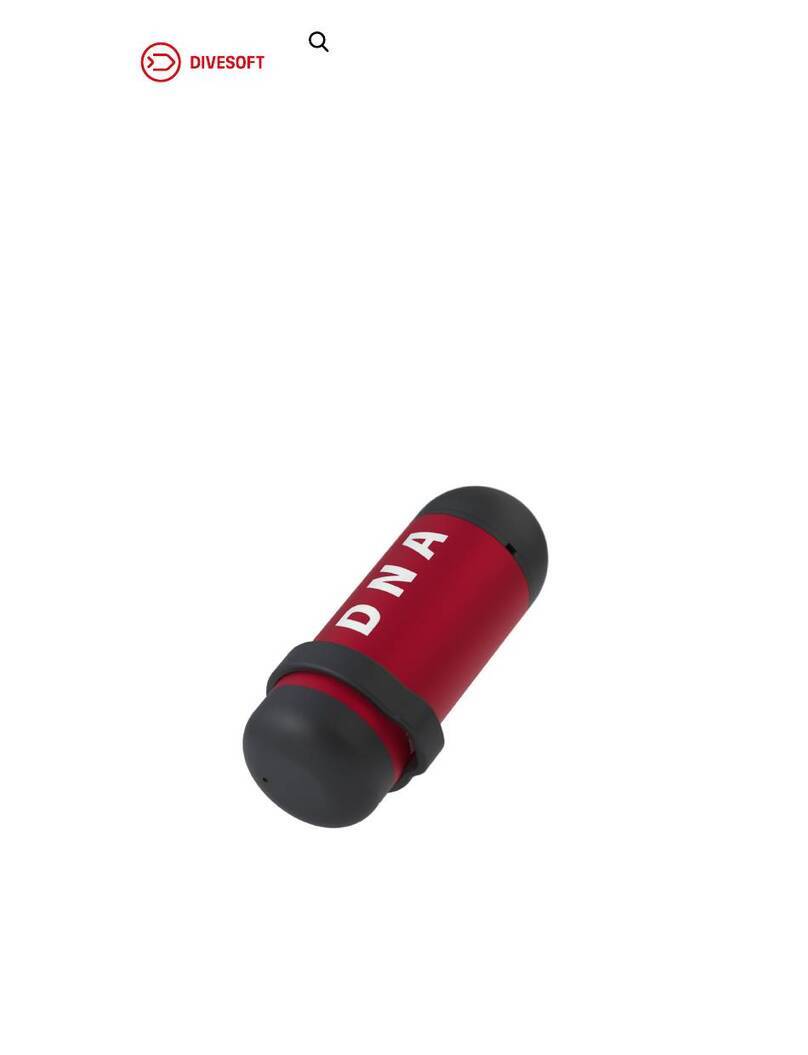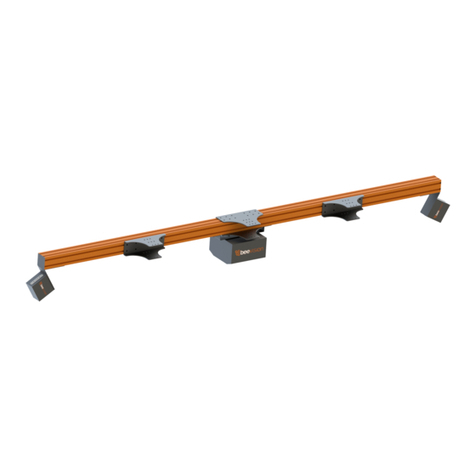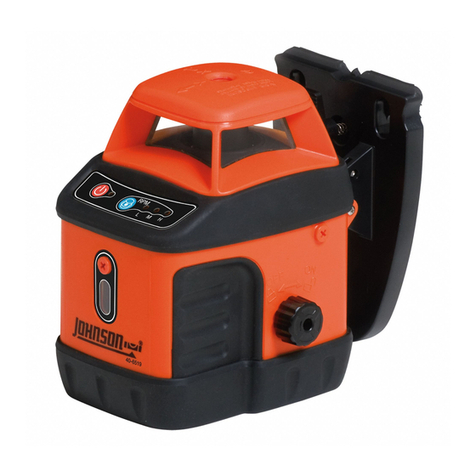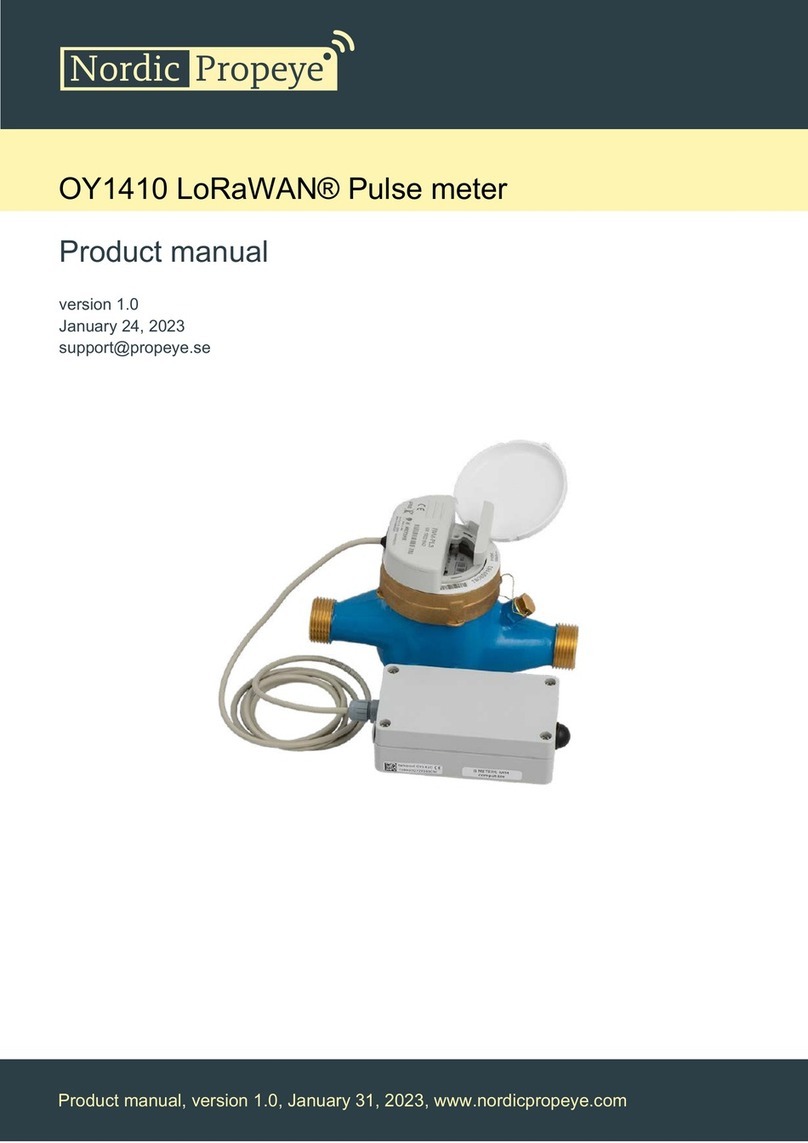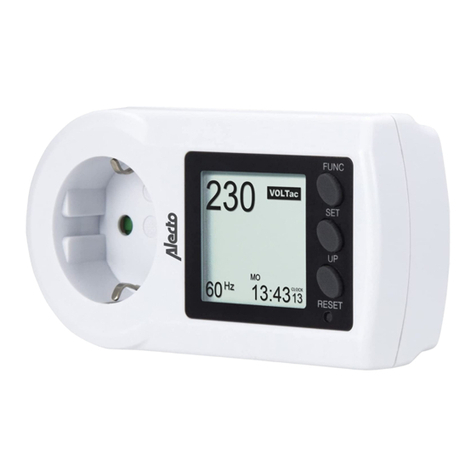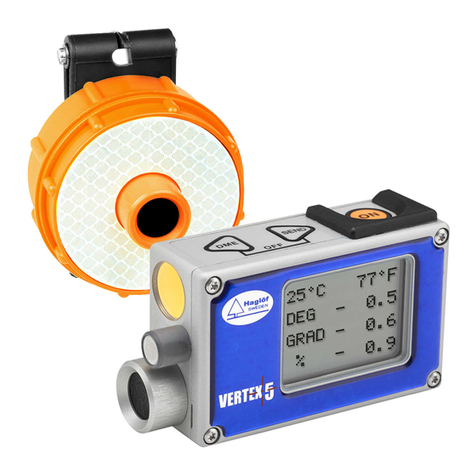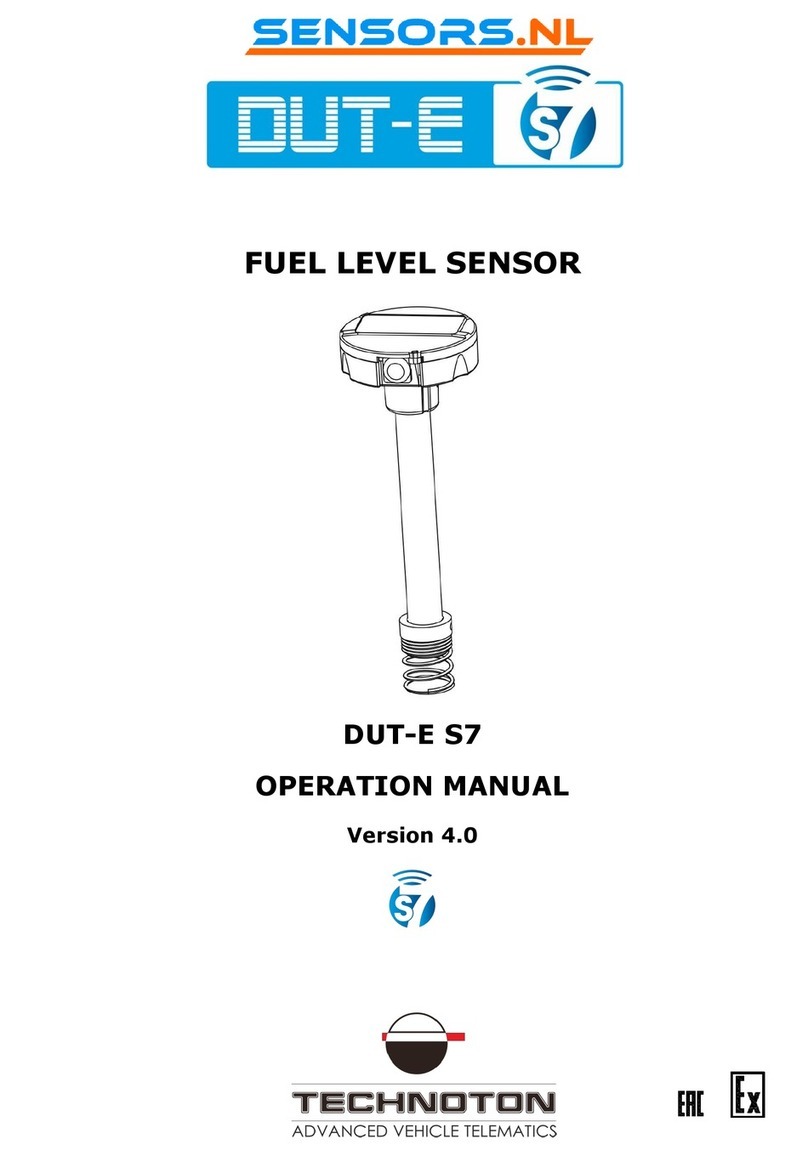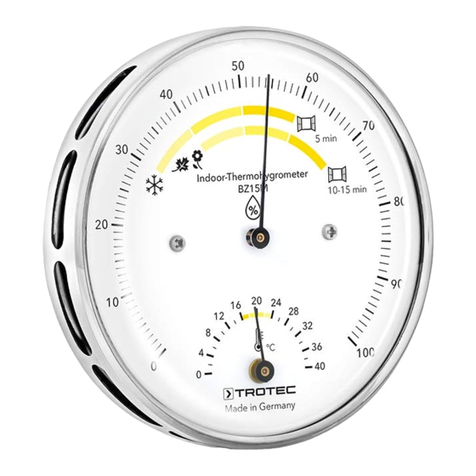Disassembly
Ensure that the fluid supply to the
meter is disconnected, and the line
pressure is released before
disassembly, with the exception for
repair or maintenance to the LC
Display or PCB where there is no
necessity to isolate the meter from flow.
Refer to the exploded parts diagram on
subsequent pages for item numbers.
1a] Pulse Caps models: Undo the
conduit connector, remove pulse
cap (item 9) and remove the wires
from the pulse terminal board (item 5).
1b] Standard LC Display: Mark the
display orientation with a marking
pen, unscrew the four large screws
(Item 26) on top of the LC Display.
Carefully separate the LC Display
from the plastic housing and
disconnect the wires from the
pulse terminal block. (Refer to
additional Standard LC Display
instruction manual).
1c] Deluxe LC Display: Mark the
display orientation with a marking
pen, remove the four retaining
screws on the display face (Item
16). Lift off the display unit and
remove the 9 pin connector at the
back of the display unit. (Refer to
additional Deluxe LC Display
instruction manual).
2] Remove the mounting adaptor plate
and gasket (Item 14).
3] Loosen the cap head screws (Item 7)
that hold down the meter cap (Item
4), remove the screws, washers and
lift off the cap.
4] Remove the o’ring (Item 2) from the o’ring
groove in the meter cap (Item 4).
5] Remove rotors (Item 3). Note the
position of the timing marks.
Reassembly
1] Before reassembling check the
condition of the rotors (replace if
necessary).
2] Check that the plug side of the rotors
is facing you when inserting the
rotors, the plug side of the rotor is
the magnet side. There is no
difference between rotor one or
rotor two.
3] Replace the rotors (Item 3) onto the
shafts at 90oto each other (refer Fig.
5). Check the operation of the rotors
by turning either by hand. If the
rotors are not in mesh correctly or
do not move freely, remove one of
the rotors and replace correctly at
90oto the other rotor. Re-check the
operation of the rotors.
4] Replace the o’ring (Item 2) into
groove in the meter cap, if the o’ring
has grown or is damaged in any way
replace it with a new part.
5] Replace the meter cap making sure
that the locating pin in the body
lines up with the hole in the meter
cap. Insert the cap head screws
(Item 7) and tighten in a diagonal
sequence 1, 3, 2, 4, etc.
6] The replacement of cables and
connectors are a reversal of the
disassembly procedure, replace
conduit fitting if required. When
replaceing the Standard LC Display
or the Deluxe LC Display, confirm
the orientation marks made on
disassembly are aligned then screw
the register into place.
7] Test the meter by turning the rotors
with a finger or by applying very low
air pressure (no more than a good
breath) to one end of the meter,
before returning the meter to the line.
Pulse Circuit Board (PCB) Notes:
The pulse PCB (Item 5) is fitted with (A)
two reed switches; (B) hall effect
sensors; or (C) one reed switch and one
hall effect sensor. The PCB board is
fastened to the meter cap (Item 4) by
two screws and stand off’s. All care and
caution should be taken when
removing or handling the PCB as both
the reed switch and hall effect sensor
are fragile.
Reed switch or hall effect sensors are
not available as individual replacement
parts and are only available with the
complete PCB (Item 5).
3
Service Instructions
5
Rotors must be at 90oto each other.
Rotor #2
Rotor #1








